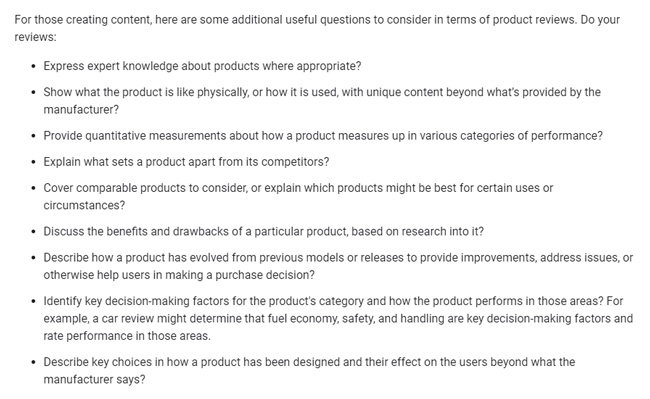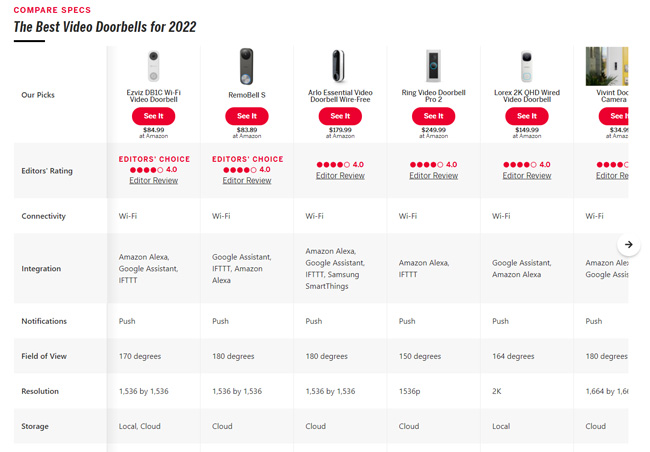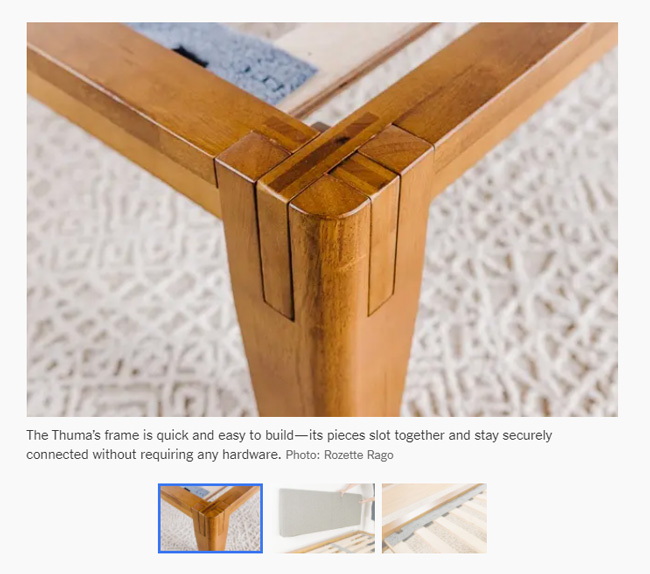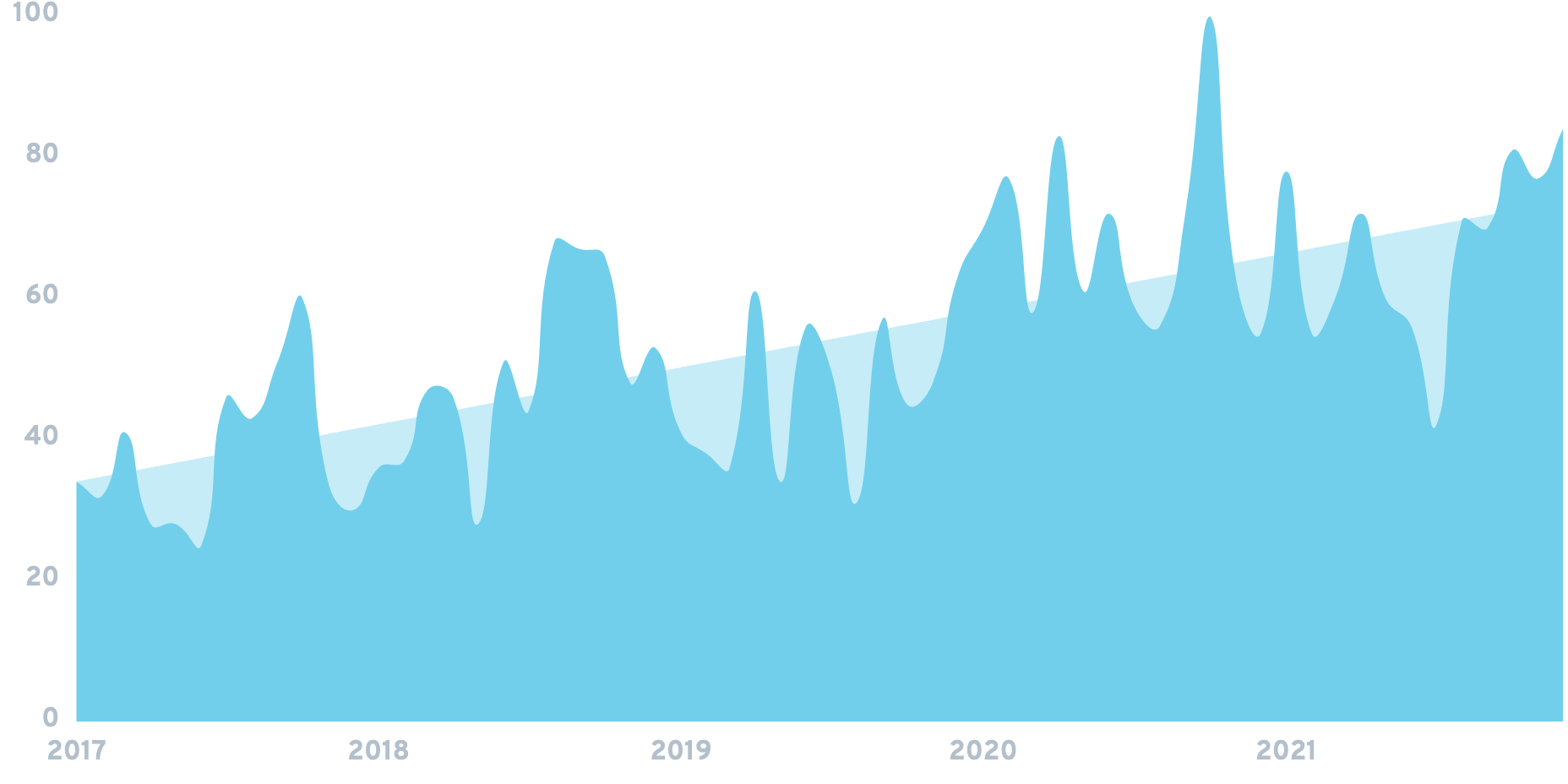What's New: The most underrated marketing channel
(from the latest issue of the Indie Hackers newsletter)
Pinterest is the most underrated marketing channel:
- Pinterest has 5 billion searches per month. The key to unlocking its power? Treat the platform like a search engine.
- Nearshoring is the process of outsourcing business operations to a geographically proximate country. Read on for further insight into this trend.
- Founder Jwalant Patel plans to revolutionize the hiring process with Shadowing, his tool that lets prospective applicants shadow current company employees. Here's how he used a combination of three marketing channels to land over 1,100 new signups.
Want to share something with nearly 85,000 indie hackers? Submit a section for us to include in a future newsletter. —Channing
🗣 Don't Sleep on Pinterest for Marketing

from the Growth & Acquisition Channels newsletter by Darko
Pinterest is the most underrated marketing channel, according to Foundation, a popular content marketing blog. This is especially true if you're a B2B founder. Read on to find out why!
Pinterest strategy
The news: Foundation has released a report highlighting the fact that Pinterest is often overlooked as a strong marketing channel.
Here's why: Pinterest is more like Google than it is Facebook. Foundation created and grew a Pinterest page to 10M monthly viewers and 30K followers. The company's secret?
Treat every pin like a page that you want to optimize for a search engine, including keywords in each pin. Pinterest has 5B searches per month, according to company data from May 2021.
The opportunity: Treat Pinterest like a search engine. Its volume may be way less than Google, but it still exists (even for B2B). For example, this dropshipping page has 4.4K followers, and plenty of pins that appear in the top 10 when you type keywords related to e-commerce and dropshipping.
The demand for B2B-related keywords on Pinterest may not be as great as Google, but the competition is much lower. Overall, if you see at least one page doing decently on Pinterest for your niche, chances are there's some demand there. And, if you're into B2C, what are you waiting for?
Native ads
Have you heard about Taboola? It's one of the largest content recommendation ad networks. Its ads appear at the bottom of many newspaper sites in the form of "content you may like" links:

The news: Taboola has announced a new partnership with Microsoft. This will allow Taboola advertisers to place native ads on the open web, making the ads more mainstream.
The opportunity: These ads are not the easiest to approve for traditional marketing channels like Google Ads and Facebook. Taboola's expansion in reach could be good news if you're into more "gray" niches like crypto or cannabis. Native ad networks are more liberal with the content that they allow, as opposed to Facebook's ad requirements. And with news like this, founders in gray niches have more opportunities to expand their reach.
Google's Product Reviews update
Glenn Gabe, an SEO analyst, published a comprehensive post analyzing what we know so far about Google's recent Product Reviews update.
The details: Essentially, Google is sick of low-quality product review websites. Google wants people who publish product reviews to be more comprehensive:

Here's what the sites being rewarded have in common:
- They use comparison charts:

- They use strong visuals in the form of photos, videos, and gifts. For example, if you're reviewing a table, you can focus on the frame:

-
They have actual experiences of people using the product.
-
They explain their review process and why people should trust it.
The opportunity: Many SaaS products try to rank for keywords like "[competitor] alternative," "[one-competitor] vs. [another-competitor]," or "[competitor] review." These are all product review pages.
When creating those pages, pay attention this update and its requirements. Provide visuals, tell people why they should listen to you, and compare as much as possible.
Do you use Pinterest for marketing? Share your experience below!
Discuss this story, or subscribe to Growth & Acquisition Channels for more.
📰 In the News

from the Volv newsletter by Priyanka Vazirani
🤑 Apple is offering $180K bonuses to prevent defections to Facebook.
🗑 IPOs were hot in 2021, but investors are dumping them now.
🏡 Is it time to embrace work from home forever?
🖼 A US Senate Candidate is offering NFTs to his donors.
🤫 People don't think that these illegal things are ethically wrong.
Check out Volv for more 9-second news digests.
🧨 Exploding Topics: Nearshoring

from the Exploding Topics newsletter by Josh Howarth
Nearshoring is the process of outsourcing business operations to a geographically proximate country. Read on for insight into this trend!
Nearshoring trends
Nearshoring is the process of outsourcing business operations to a geographically proximate country. What makes nearshoring different from outsourcing? One definition states that:
Outsourcing is a broader term than nearshoring. Nearshoring, offshoring, and onshoring are all types of outsourcing.
While there is no formalized description of what counts as nearshoring, it is generally expected to involve a time difference of no more than two to three hours.

Nearshoring is growing especially quickly in the EU. Among the D-A-CH countries (Germany, Austria, and Switzerland), 75.58% of software development outsourcing is already nearshored.
59% of companies who outsource cite cost savings as a main reason for doing so. Offshoring maximizes savings, but nearshoring can cut costs a lot too, while minimizing cultural and time zone differences. An IT business analyst in the US earns anywhere from $110-210 per hour. The same role in Latin America attracts a rate of $45-55 per hour.
What’s next: Nearshoring is part of the business location optimization meta trend.
We’re seeing renewed emphasis on location optimization for both businesses and consumers. But this could go both ways: A Nielsen survey found that, in considering which products to buy, 46% of Americans reported holding high awareness for buying local when shopping.
However, geographic positioning can improve things like delivery times. For instance, urban fulfillment centers are able to better serve the 65% of Americans who live in cities.
Trending startups leveraging location efficiency approaches include N-iX, Eleks, and Fabric Fulfillment.
Check out the full post to see this week's other three exploding topics.
And join Exploding Topics Pro to see trends 6+ months before they take off.
Would you enter the nearshoring space? Why or why not?
Discuss this story, or subscribe to Exploding Topics for more.
🧠 Harry's Growth Tip: Conversational Copy

from the Marketing Examples newsletter by Harry Dry
Respecting the competition reflects self-confidence.

Go here for more short, sweet, practical marketing tips.
Subscribe to Marketing Examples for more.
👋 Jwalant Patel is Bringing Shadowing to Hiring

Hi! I'm Jwalant Patel, founder of Shadowing, a resource that allows prospective applicants to engage with employees of a company before the hiring process starts. Our message is very clear: Why apply for a job directly when you can shadow an employee to understand the interview process, culture, and team values? Our number of signups suggests that this concept appeals to many.
We are working with our first client, and creating features based on priorities set by us. We are also experimenting with various marketing strategies to increase applicant signups. We are now at 1.1K+ signups. How? By sending the right message to the customers, and helping them in their journey to talk with employers before they start the interview process.
We have focused on three channels: LinkedIn, Reddit, and Twitter. No ads or cold emails yet. We reached out to users on the three channels above, and found that LinkedIn and Reddit worked well for us. Users likely also shared with their friends and groups, and we got more signups.
AMA!
What exactly is shadowing?
Shadowing is the practice of following and observing someone closely to learn on-the-job tasks, routines, responsibilities, and practices.
For now, we are applying the general concept of shadowing to the hiring phase. Eventually, we will apply it to onboarding and many other phases in the employee to company journey. Here's a bit more information about shadowing!
We have created a dedicated process for Shadowing. There are many questions that we solve through our product: How many people can do Shadowing at a time? For which position? What documents does the company need to prepare?
The goal is also for the applicant to understand more about culture, and for the company to promote team values that fit the talent.
How did you decide on the three channels that you used?
We tried many channels, and these three worked out. We wanted to try Twitter because I built few bots in past to uncover posts about hiring, and there were many at that time. Now, there are very few. I felt that LinkedIn and Reddit would help achieve our goals in a strong way, so that was why I decided on those.
We were very diligent about checking the output. You have to monitor whether you're getting page views or signups using any channel. If I don't see responses within two days, I don't focus on that channel. In the first few days, weeks, and months, I only want to focus on the channels where I will get the traffic from. For other channels, I will hire someone to figure out the why and the how.
How did you hone your messaging?
The right message for us is this: A clear message using less than 20 simple words. We found our right message through our customer interview process. We tried many combinations and discovered which one was easiest for customers to understand. The way that you can verify is to share the message with your users and see if they sign up right away (within a day). I talked with customers for about three months before I finalized the flow and design.
Here are a few things that I did:
I paid $5 to job seekers in seven different countries to take part in customer interviews. My goal was to understand their core problems with finding a job using LinkedIn, Indeed, or any other job website in their respective countries. I found candidates through LinkedIn. I also sent an email to founders in New York a day after they raised ~$15M in a series A funding round. I wanted to know about the mistakes they might make after the round. They ended up giving me two hours to interview them.
What would you do differently?
I'd talk with my users even more. Sometimes, you have to read and listen between the lines. We are working on that now. We could have solved some of our problems in our first release. The lesson that I learned is this: Talk more with your users and customers, no matter how busy you are. Spend more time with them, and they will tell you what to work on and how to reach to them when you need to.
Discuss this story.
🐦 The Tweetmaster's Pick

I post the tweets indie hackers share the most. Here's today's pick:
🏁 Enjoy This Newsletter?
Forward it to a friend, and let them know they can subscribe here.
Also, you can submit a section for us to include in a future newsletter.
Special thanks to Jay Avery for editing this issue, to Gabriella Federico for the illustrations, and to Darko, Priyanka Vazirani, Josh Howarth, Harry Dry, and Jwalant Patel for contributing posts. —Channing
 🔥 Roast My Landing Page
🔥 Roast My Landing Page
 My journey to earning my first paycheck in just a few days
My journey to earning my first paycheck in just a few days
 I'm building the MCU of SaaS 💎
I'm building the MCU of SaaS 💎
 I created a free handbook for solo founders, containing the best free, no fluff, practical tools, resources and guides to get you started
I created a free handbook for solo founders, containing the best free, no fluff, practical tools, resources and guides to get you started

